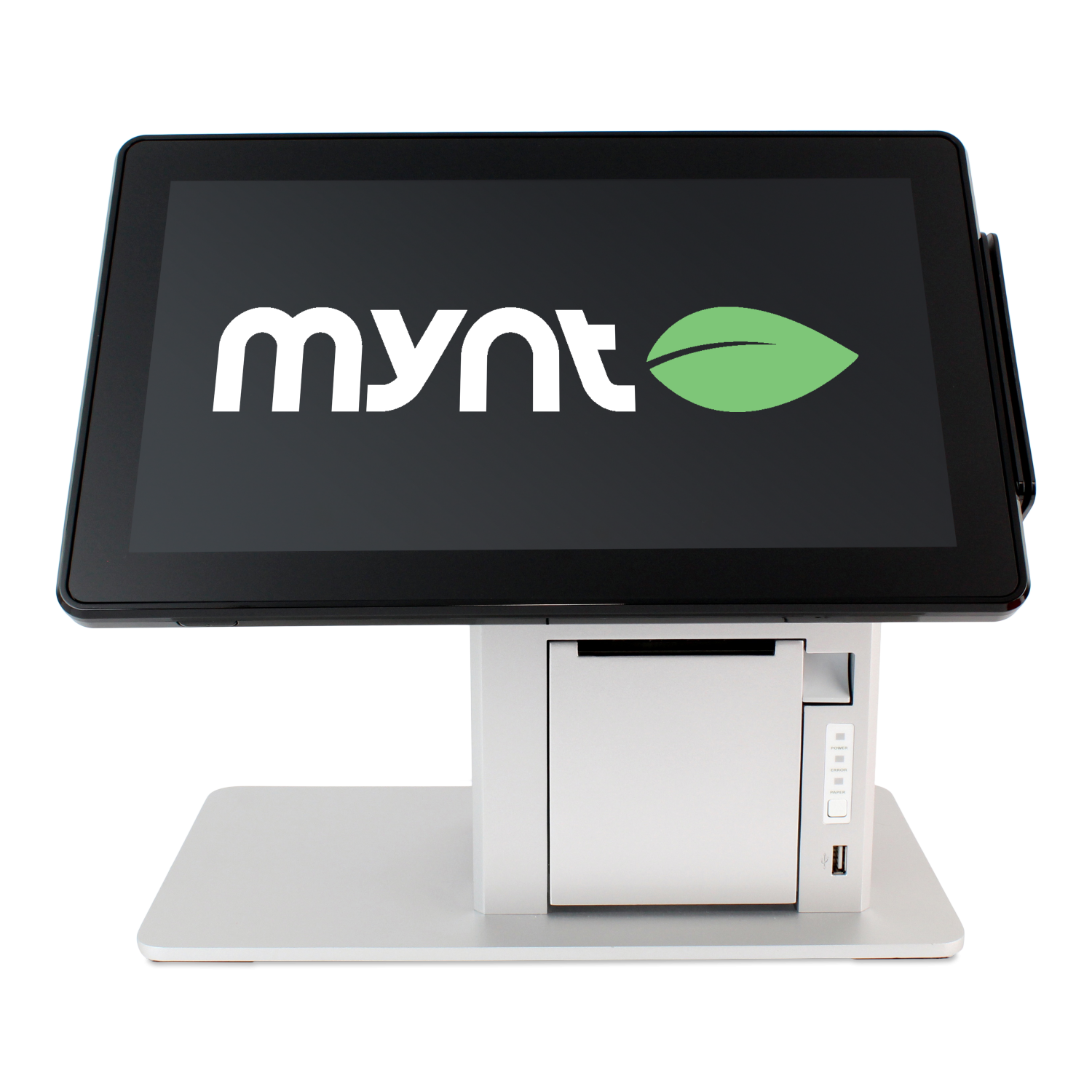Lifetime learning credit. 25A(c)), for a maximum credit of $2,000 for any taxpayer; therefore, a taxpayer with multiple qualifying children is still limited to $2,000. As is the case for the American opportunity credit, eligible expenses do More Bonuses not include room and board, and, unlike with the American opportunity credit, they do not include books and other course materials. The lifetime learning credit is not limited to the first four years of college, so it is available for graduate school. The lifetime learning credit phases out for single taxpayers with MAGI between $52,000 and $62,000 for 2012 ($51,000 and $61,000 for 2011) and for married taxpayers between $104,000 and $124,000 ($102,000 and $122,000 for 2011).
A $2,500 credit from the American opportunity credit is more beneficial than a $4,000 tuition and fee deduction at any current tax rate. The income phaseouts are also higher for the American opportunity credit. For the first four years a child attends a regular degree-granting college or university, parents are better off claiming the American opportunity credit if they qualify.
Exhibit 1 shows a comparison for a family of four with two children in college. The parents have a combined salary of $100,000 and pay $4,000 of tuition and $1,000 for course-required books for each of their children, who are 20 and 21 years old and can be claimed as dependents on the parents’ joint tax return. The total qualified educational expenses for the American opportunity credit are $5,000 for each child. This results in a $2,500 credit for each child ($5,000 total credit).
For the lifetime learning credit, only expenses of $8,000 for both children are qualified educational expenses, because the $1,000 per child for books does not qualify. Therefore, if neither child qualifies for the American opportunity credit, the lifetime learning credit is $1,600 ($8,000 ? 20%). However, taxpayers are allowed to claim the American opportunity credit for one child and the lifetime learning credit for another child (or for the parents). Column 3 of Exhibit 1 assumes one child qualifies for the American opportunity credit but that the other child qualifies only for the lifetime learning credit. In this case, the $4,000 for tuition and fees and the $1,000 for books qualify for a $2,500 American opportunity credit for one child, and the $4,000 for tuition for the other child qualifies for a lifetime learning credit of $800 ($4,000 ? 20%). The $1,000 for books for the child eligible for the lifetime learning credit does not qualify for a credit.
The credit is allowed for qualified tuition and related expenses even if for only one class that is not part of a degree program

Tuition and fees of $8,000 are qualified educational expenses for the tuition and fees deduction; however, this deduction is limited to $4,000 total. The $2,000 expense for books does not qualify for the tuition and fees deduction.
A taxpayer erican opportunity credit and lifetime learning credit) or one education credit and the deduction for tuition and fees for the same child in the same year
Exhibit 2 shows that the credits and the tuition and fees deduction do not apply to room and board. Most full-time universities have tuition and fees of at least $4,000 per year, which will use all the available American opportunity credit. Sec. 529 savings plans and Coverdell ESAs apply to room and board for students attending at least half time, as well as tuition and fees. Therefore, it is beneficial to take tax-advantaged savings plan distributions to pay for room and board and pay tuition and fees with current income or loan proceeds to qualify for one of the credits or the tuition and fees deduction. By careful planning, taxpayers can maximize each benefit.

